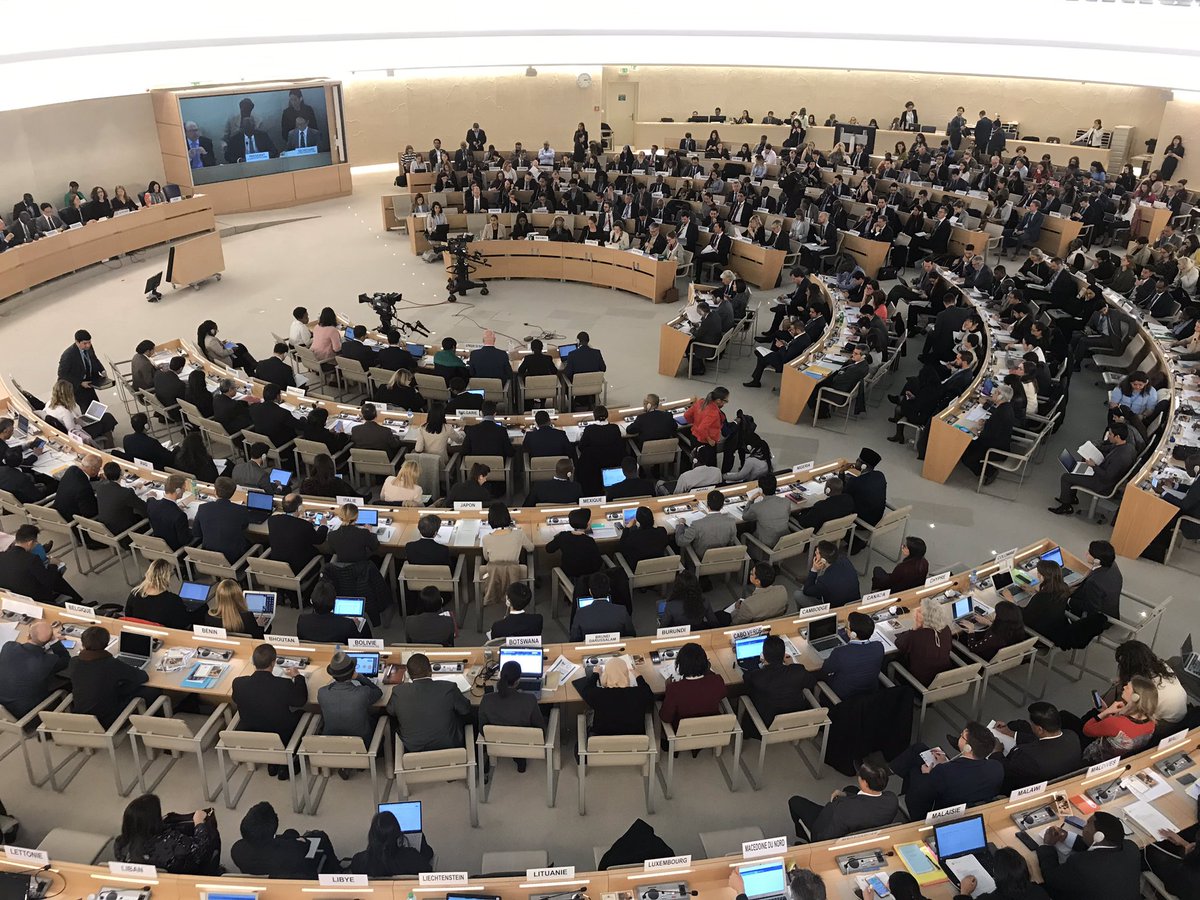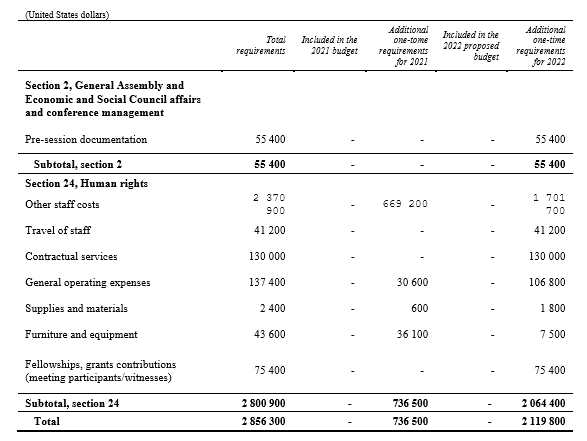
Ahead of the passing of a United Nations Human Rights Council resolution on Sri Lanka, a US$2.8 million budget was being requested by the global body to begin collecting evidence of mass atrocities that could be used for future war crimes trials.
A programme budget implications statement was distributed on Monday, which detailed the resources and budget that would be required in 2021 and 2022 for the Office of the High Commissioner “to collect, consolidate, analyse and preserve information and evidence and to develop possible strategies for future accountability processes for gross violations of human rights or serious violations of international humanitarian law in Sri Lanka”.
Amongst the resources identified were a “Senior Legal Advisor with experience in international criminal justice” that would “coordinate the processes of reviewing and sharing of information with national authorities for universal jurisdiction and extraterritorial jurisdiction cases”.
Other legal advisors, analysts, human rights officers, Juris-Linguists were also budgeted for, with a total of US$2,856,300 requested.

In addition, the global body budgeted for three trips to the island for “information collection” and the “commissioning and analysis of satellite images”.
Tens of thousands of Tamil civilians were killed by the Sri Lankan military in 2009, largely from government shelling which targeted civilian regions and hospitals. Satellite imagery from the time revealed the extent of the government’s shelling. Satellite imagery analysed by the American Association for the Advancement of Science at the request of Human Rights Watch and Amnesty International showed evidence of bomb shell craters, destroyed permanent structures, mortar positions, and 1,346 individual graves, from May 6th to May 10th 2009.
 |
 |
IDP tents inside the No Fire Zone on May 6th (left) and May 10th (right). There is almost complete removal of all structures that were present.
 |
 |
Red arrows indicate craters from possible artillery or air fire from May 6th (left) and May 10th (right).
Further analysis of crater morphology shows evidence of fire in a similar tactic to that described in a US Army field manual.
Read more: 11 years today - A massacre in Mullivaikkal
The Sri Lankan government lobbied bitterly against the resolution and has continued to deny that mass atrocities had taken place, with tens of thousands of soldiers still stationed across the Tamil North-East. It is not yet know whether Sri Lanka will co-operate with the United Nations and grant the Office of the High Commissioner access to the island.
See the full PBI here.

